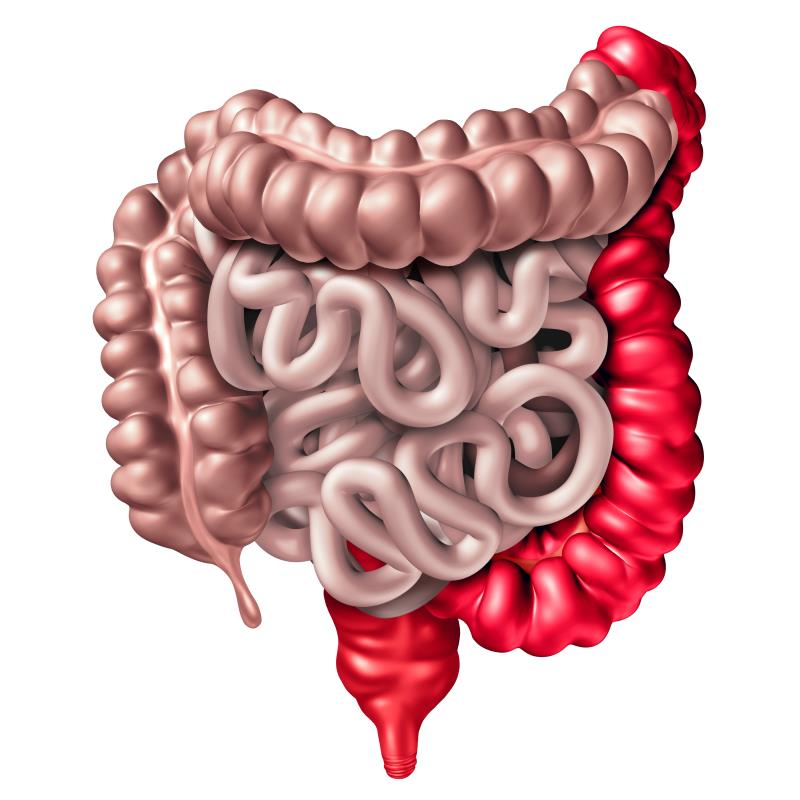
Individuals with either active or quiescent ulcerative colitis (UC) commonly experience abdominal pain, which is associated with active disease, female sex, and psychological symptoms and contributes to lower quality of life (QoL), as reported in a study.
For the study, researchers looked at three cohorts of adult UC patients. Cross-sectional cohorts I and II comprised 130 (46 active) and 288 (156 active) patients, while longitudinal cohort III included 83 patients with active disease at diagnosis but reached deep remission during follow-up.
The Gastrointestinal Symptom Rating Scale was used to evaluate abdominal pain, while other validated questionnaires were used to assess psychological distress, fatigue, and QoL.
In the two cross-sectional cohorts, abdominal pain was documented in 63 percent and 58 percent of patients with active UC and in 54 percent and 33 percent of those with quiescent UC patients (both p≤0.02), respectively. In the longitudinal cohort, 71 percent had abdominal pain at diagnosis while 46 percent had it when in remission (p<0.001).
Multivariable logistic regression analysis showed that abdominal pain levels in both cross-sectional cohorts were high in the presence of anxiety symptoms (odds ratio [OR], 1.75; OR, 1.99). In cohort II specifically, abdominal pain was also associated with active disease (OR, 2.68) and female sex (OR, 2.03). QoL was negatively correlated with higher levels of abdominal pain, both in active and quiescent disease.
In light of the findings, the researchers suggested considering a holistic approach when treating UC patients with abdominal pain.